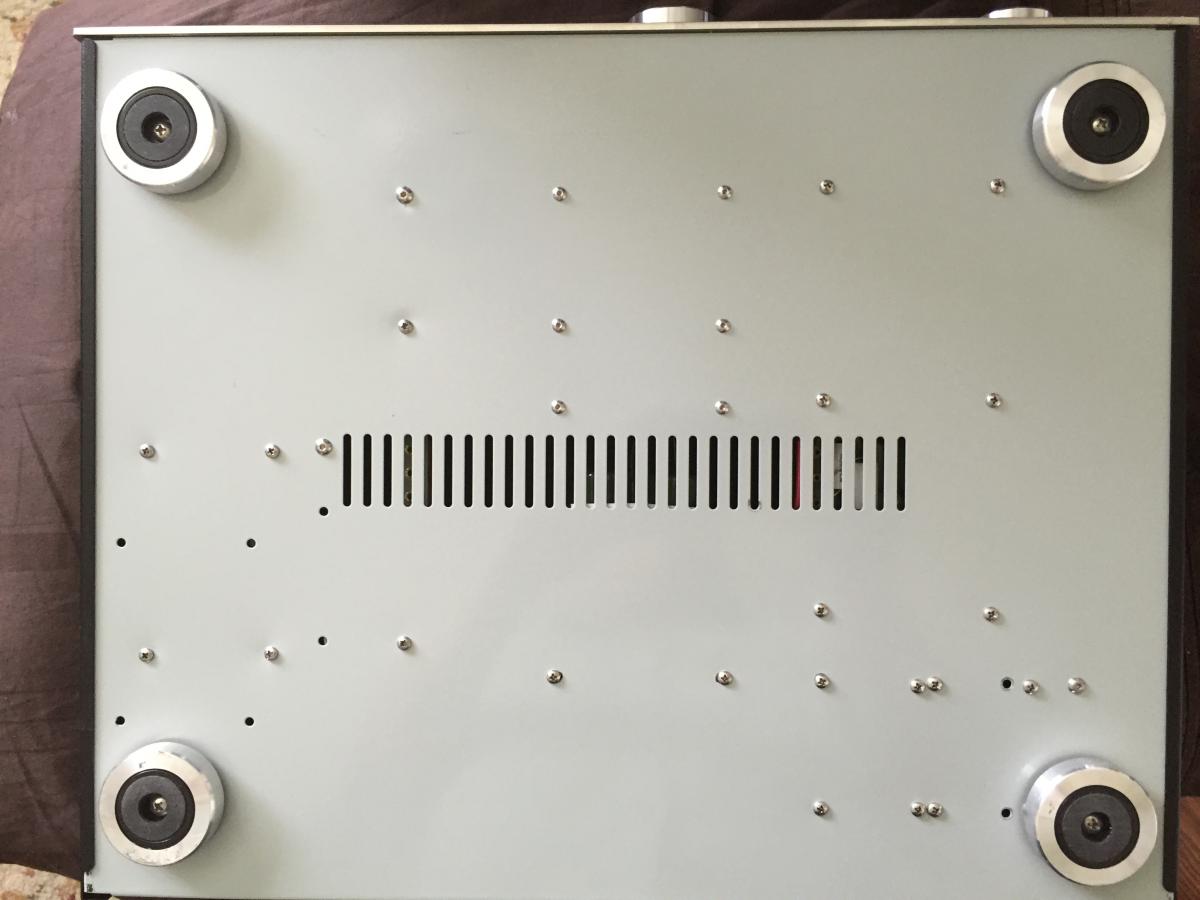

Again, the answer, 100%, no out of pocket cost, no deductible stuff. told me that it was covered 100% with no out of pocket costs or deductible.It would not have been an option to consider if I had to pay for it, I just wouldn't have done it. I called the number on the back of my card and inquired about tubal ligation. When I was considering permanent birth control options. Always consult your physician or pharmacist regarding medications or medical procedures. Material on this page is for informational purposes only and should not be construed as medical advice. Risks of Essure include perforation of the fallopian tubes, vomiting, expulsion, cramping and menstrual pattern changes and possibly an increased risk of ectopic pregnancy.

There is also a small risk of pregnancy after a tubal ligation, and, if pregnancy occurs, a higher risk of ectopic pregnancy. Possible major complications, which are rare, include heavy bleeding, general anesthesia complications and organ injury. Minor risks of tubal ligation include infection and wound separation.So, a woman should consider a tubal ligation or Essure only if she is 100 percent sure she does not want to have, or is done having, children. Tubal ligation reversal is available, but it costs about $5,000 to $8,000, usually is not covered by health insurance and is sometimes unsuccessful Essure reversal is possible but experimental - the first successful one was done in 2008. Tubal ligation is considered a permanent form of birth control.

Planned Parenthood has a clinic locator by state.
COST OF TUBECAST ZIP
Or, the American College of Obstetricians and Gynecologists offers a doctor finder by state and has a doctor finder by zip code.

After three months, during which another form of birth control must be used, the doctor inserts dye into the uterus to make sure the fallopian tubes have been fully blocked by scar tissue. Afterward, the doctor uses an X-ray to make sure the implants are properly in place. In tubal implants, often called by the brand name Essure, the doctor uses a speculum to open the cervix as in a pelvic exam, then uses a catheter, inserted through the cervix, to place an implant in each fallopian tube.A tubal ligation also can be performed after a Caesarean birth, through an incision in the vagina. The surgeon then usually makes a small incision, inserts a lighted magnifying instrument called a laparoscope, and then uses surgical instruments to either cauterize the fallopian tubes or seal them with rings or clips. In a tubal ligation procedure, the patient usually is placed under general anesthesia.Related articles: Laparoscopy, Egg Freezing, IUD, Morning After Pill For patients covered by insurance, typical out-of-pocket costs would consist of an office visit copay of $10 to $50 and possibly coinsurance of 10 to 30 percent, for a total cost of as much as $2,150.Don Snyder, an Indiana gynecologist insurance companies that typically cover tubal ligation include Aetna, United Healthcare, Cigna/Sagamore and Anthem BlueCross BlueShield. Tubal ligation typically is covered by most health insurance, according to Dr.And at Park Nicollet, a hospital in Minneapolis, Minn., the estimated total cost for surgical sterilization is $6,837. For example, at Dartmouth-Hitchcock Medical Center in New Hampshire, a surgical sterilization would cost about $3,829 with an uninsured discount. Usually, getting tubal implants falls at the lower end of the cost range, while surgical sterilization falls at the higher end. For patients not covered by health insurance, tubal ligation typically costs between $1,500 to $7,000.As an alternative, some women opt for tubal implants because they perform a similar function, but insertion is non-surgical. Cost of a Tubal Ligation - 2022 Healthcare CostsĬostHelper > Health & Personal Care > Reproductive Health > Tubal LigationĪ tubal ligation is surgical sterilization in which the fallopian tubes are cut, tied or blocked, for women who are looking for a permanent form of birth control.


 0 kommentar(er)
0 kommentar(er)
